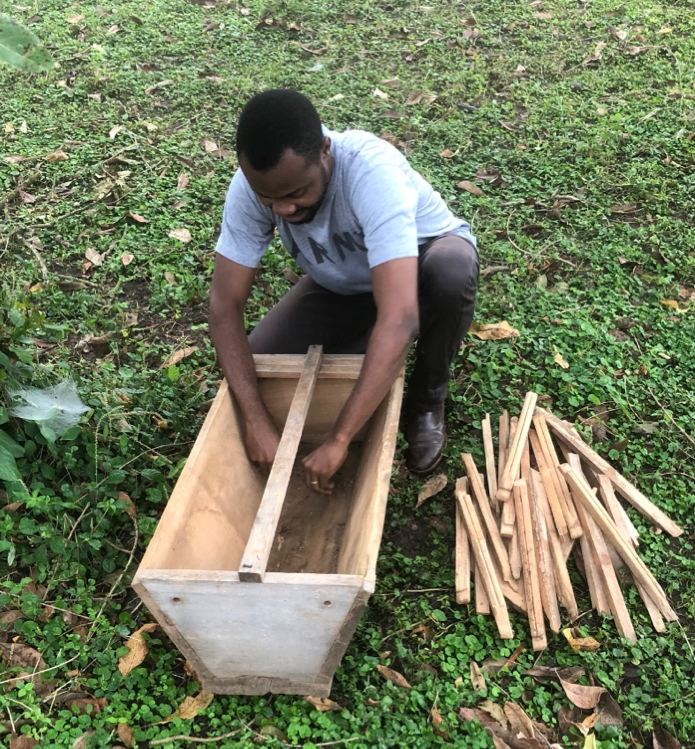African protected area landscapes with large tracts of forest and high wildlife species diversity and population are often challenged by the dual issues of agricultural expansion that threatens critical species habitats and human-wildlife conflicts that threaten the livelihoods of riparian populations and sometimes result in poaching of threatened species. While nature-based solutions have often been raised and prioritized to solve these problems and ensure the maintenance of ecosystem services in these hotspots, few studies have been conducted to demonstrate their technical and economic efficiencies that could lead communities – often thinking as homo economicus – to their mass adoption. The present study seeks to address this shortcoming by assessing the technical and economic effectiveness of three of these solutions in reducing roaming and human-elephant & human-hippo conflicts through the installation of hanging beehives and sisal fences around fields and the application of certain agroecological practices.

Basosila Batwanyele Eric
Year Awarded: 2023
Published: